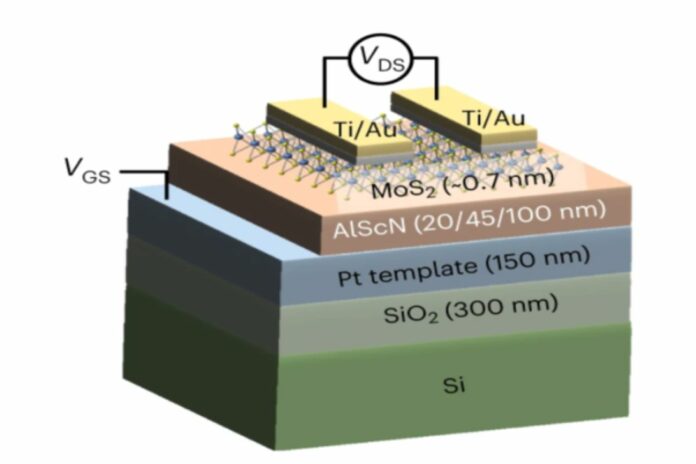To stay up with the rate of data innovation, these devices must get smaller, faster, and more energy-efficient due to the ever-growing amount of massive data sets that must be stored, searched, and analyzed at increasing degrees of complexity.
One of the most exciting solutions to this problem is ferroelectric field effect transistors (FE-FETs). Like conventional silicon-based transistors, FE-FETs are switches that rapidly flip on and off to transmit the 1s and 0s that computers utilize to carry out their operations. But FE-FETs have an additional function that conventional transistors do not: their ferroelectric properties allow them to hold on to electrical charge.
Thanks to this characteristic, they can function as non-volatile memory devices and computer devices. FE-FETs are the focus of numerous research and development programs because they have the capacity to both store and process data. A good FE-FET design would drastically reduce the size and energy requirements of conventional devices, which would also boost speed.
The School of Engineering and Applied Science at the University of Pennsylvania has developed a novel FE-FET design that exhibits record-breaking performance in memory and computation.
Deep Jariwala said, “Because we have made these devices combining a ferroelectric insulator material with a 2D semiconductor, both are very energy efficient. You can use them for computing and memory — interchangeably and with high efficiency.”
The new device is known for its extraordinary thinness- allowing individual devices to operate with minimal surface area.
Kwan-Ho Kim, a Ph.D. candidate in his lab, debuted the design said, “With our semiconductor, MoS2, at a mere 0.7 nanometers, we weren’t sure it could survive the amount of charge that our ferroelectric material, AlScN, would inject into it. To our surprise, not only did both of them survive, but the amount of current this enables the semiconductor to carry was also record-breaking.”
A device’s ability to carry more current determines how quickly it can work for computer purposes. Memory access speed increases as resistance decreases.
This pairing of MoS2 and AlScN represents a significant advance in transistor technology. As devices get smaller to reach scales suitable for industry, a loss of ferroelectric characteristics has continually prevented FE-FETs from being developed by other research teams.
Journal Reference:
- Kim, KH., Oh, S., Fiagbenu, M.M.A. et al. Scalable CMOS back-end-of-line-compatible AlScN/two-dimensional channel ferroelectric field-effect transistors. Nat. Nanotechnol. (2023). DOI: 10.1038/s41565-023-01399-y
